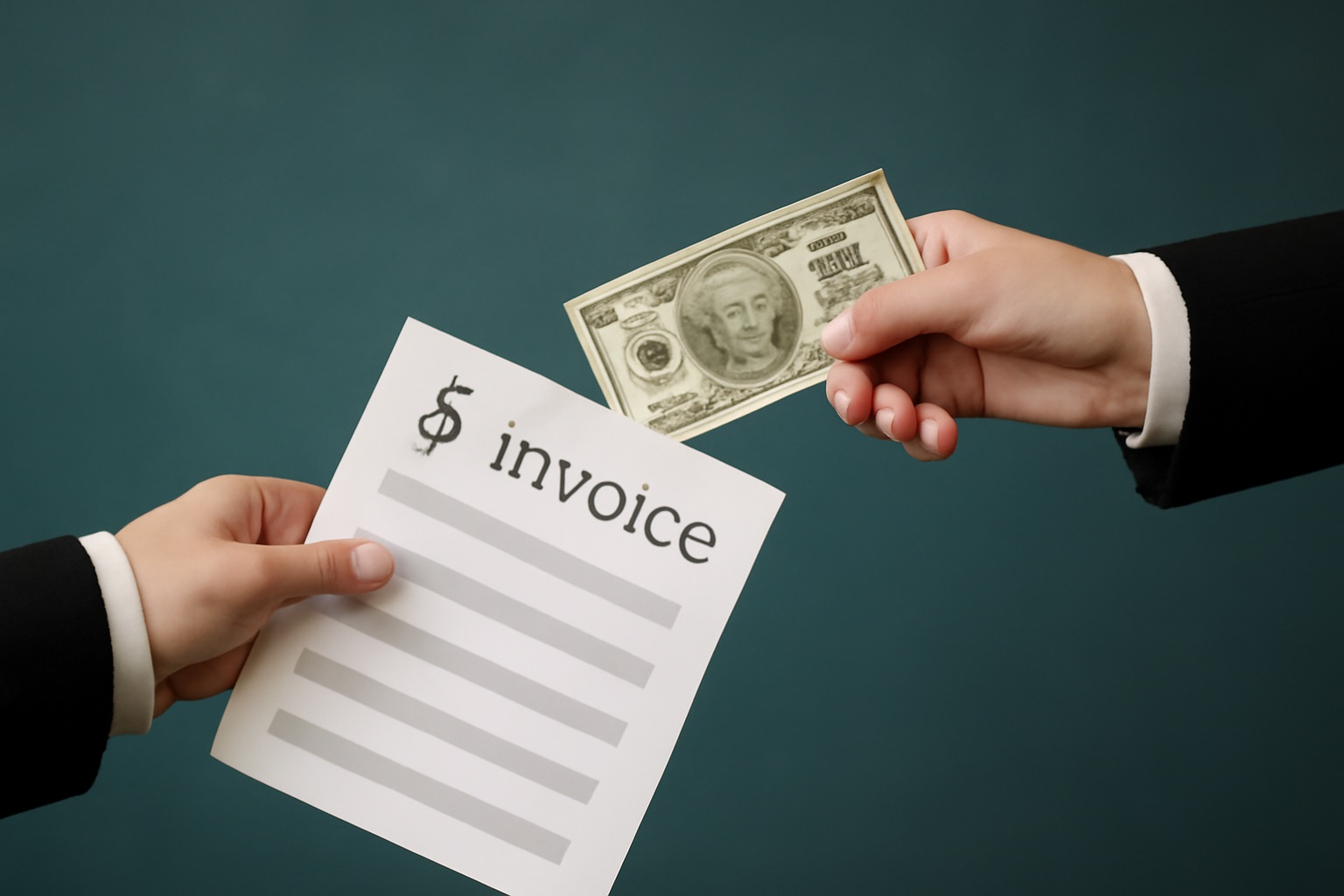Managing Cash Flow for Organizational Success
Managing cash flow is a crucial factor for the success of any organization. Poor cash flow management often contributes to the failure of small businesses, with reports indicating that 82% of small businesses fail due to insufficient cash flow management. A comprehensive understanding of cash flow not only reduces the risk of business failure but also contributes to sustained growth and financial stability.
1. Tips and Strategies When Money Is Low
When cash flow is at risk, steps can be taken to manage both incoming and outgoing funds better. To increase inflows, businesses can expedite invoicing, reduce the time for customers to pay, follow up on overdue payments, and offer flexible payment options, such as card payments or direct debit. Additionally, businesses can assess pricing to ensure margins are sustainable. If necessary, temporary financial support may be considered to maintain operations during slower periods.
To control outflows, businesses can delay expenses until stronger cash flow periods, negotiate payment terms with suppliers, consider leasing instead of purchasing, limit discretionary spending, seek lower-cost suppliers, or explore bulk-buying options to reduce costs.
2. Budgeting and Forecasting
Budgeting and forecasting are essential tools for managing cash flow. They help ensure timely payments to suppliers and provide insights for making informed decisions about asset acquisition. A budget outlines a business’s financial goals, associated costs, and projected revenue. In contrast, a forecast uses historical data to analyze past performance and predict future financial trends.
3. Invoice Financing
Invoice financing can help improve cash flow by enabling businesses to meet immediate financial obligations, such as paying suppliers or employees, before receiving payment from customers. In this process, a fee is charged, which is typically a percentage of the invoice amount. A notable advantage is that the credit available grows in line with business expansion, ensuring that as the business increases its operations, more financial support is available to maintain smooth functioning.
4. Debt Collection and Recovery
Debt collection and recovery involve the process of securing overdue payments from individuals or businesses that have failed to make payments on time. This process helps recover outstanding debts and avoid costly legal actions, while also maintaining good relationships with clients. If direct collection attempts are unsuccessful, a third-party collection agency may be engaged to recover the outstanding amount from the debtor.




